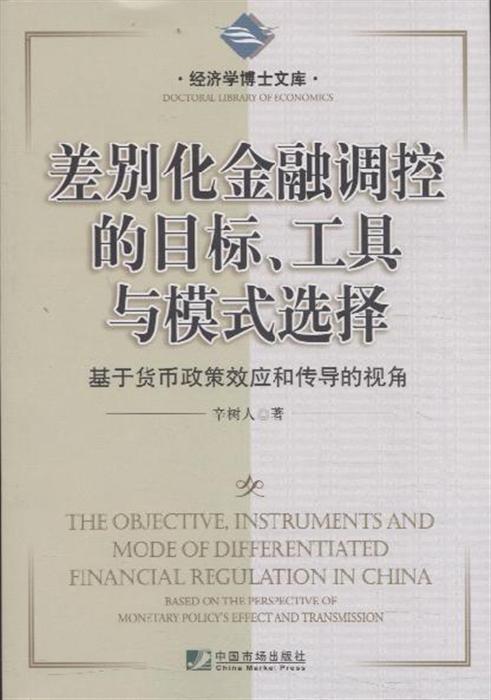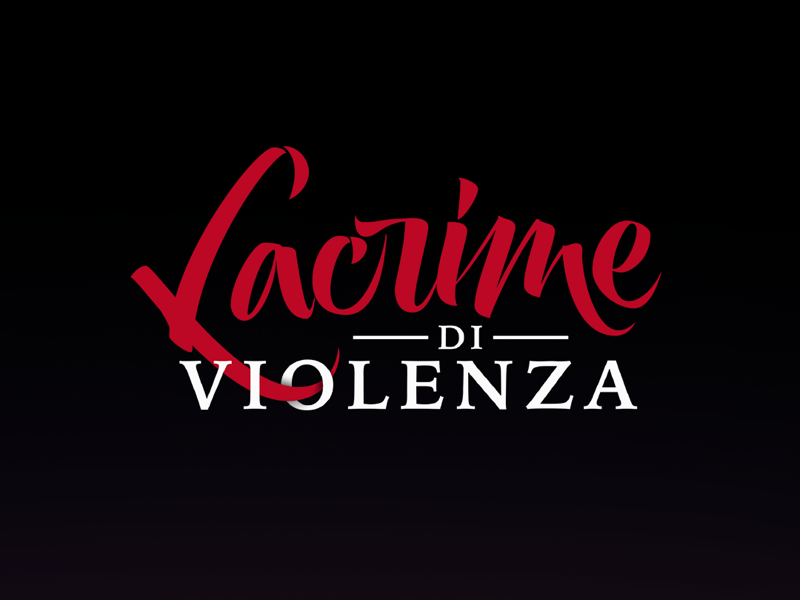Title: The Transformation of Towels: From Raw Material to Finished Product
The transformation of towels from raw material to finished product is a fascinating process that involves several key steps. Initially, the raw material, typically cotton or synthetic fibers, is obtained and prepared for weaving. The material is then woven into a towel using either a loom or a knitting machine. Once woven, the towel undergoes a series of processes, including washing, drying, and folding, to ensure its final quality and appearance. Finally, the finished towel is packaged and ready for sale, providing customers with a soft, absorbent, and durable product for their daily use. The entire process, from start to finish, requires careful attention to detail and quality control to ensure the production of high-quality towels.
In the realm of textile processing,毛巾加工(towel processing) occupies a significant position. This article delves into the various stages involved in transforming raw materials into finished towels, emphasizing the importance of quality control and the efficiency of the process.
Stage 1: Raw Material Selection
The initial phase in towel processing is the selection of raw materials. The most commonly used material for towels is cotton, followed by bamboo, microfiber, and other sustainable options. The quality of the final towel heavily relies on the selection of raw material, which must be strong, soft, and absorbent.
Stage 2: Fabric Formation

After selecting the raw material, it is time to convert it into a fabric. In the case of cotton and bamboo, this involves spinning the fibers into yarn and then weaving or knotting the yarn into a fabric. Microfiber towels, on the other hand, are made by blending multiple materials and then extruding them into a single yarn.
Stage 3: Dying and Printing
The next step is to dye and print the fabric. This process involves soaking the fabric in a dye bath to give it color and then printing designs or patterns on it. Modern printing techniques such as thermal transfer printing and digital printing offer high-resolution images and designs.
Stage 4: Softening and Finishing
After the dyeing and printing process, the fabric undergoes softening and finishing treatments. These treatments improve the softness, absorbency, and durability of the towel. Softening agents and finishing treatments are applied to the fabric, which is then cured under heat or pressure.

Stage 5: Cutting and Sewing
The next step is to cut the fabric into individual towel pieces and then sew them together. This process involves using sewing machines or automated cutting machines to achieve precision cutting and sewing. The pieces are then assembled into the final towel product.
Stage 6: Quality Control
Quality control is a crucial step in towel processing. This ensures that the finished towels meet the required standards of quality. Inspection machines and visual inspections are used to check for defects, color variations, and other imperfections. Only towels that pass this test make it to the market.
Stage 7: Packaging and Shipping

The final step is to package and ship the finished towels. They are folded, rolled, or packed into boxes, depending on the type of towel and customer preference. The packages are then labeled with necessary information such as size, material, color, and brand name before being shipped to retail outlets or directly to consumers.
In conclusion, towel processing involves multiple stages that require precise attention to detail and quality control. From raw material selection to finished product packaging, each step ensures that the final towel meets the desired standards of quality, softness, absorbency, and durability. With the evolution of technology and sustainable materials, the towel processing industry is constantly evolving to provide consumers with better products that meet their needs while being environmentally friendly.
Articles related to the knowledge points of this article:
Title: Mastering the Windsor Knot: A Comprehensive Guide to Tackling the Tie Knot
The Art of Pairing Blue Suits: A Guide to Perfect Tie Accessory Selections
The rise of the down jacket bread: a new trend in wearable comfort food
Title: Mastering the Windsor Knot: A Comprehensive Guide to Tie a Half-Windsor Knot



